A bent pipe has a certain degree of curvature, which is not difficult to see from its appearance. In fact, pipes of this shape are basically processed to become more curved. So, what are the actual requirements for curvature in the actual processing process? So now, the Suzhou bending pipe processing manufacturer will bring you relevant explanations, hoping to be helpful to you.
1. Simple punching, precision, and convenient assembly and welding. In forming technology, the basic process of forming alloy large-diameter bent pipes, as well as the shape changes of the transverse cutting surface. For long-term storage, bent pipes should also be inspected according to the plan, cleaned of dirt on exposed processing surfaces, and stored indoors in a well ventilated area. It is strictly prohibited to stack or store in the open air. The dry ventilation of bent pipes is usually good, keeping the fixtures clean and tidy, and storing them according to the correct storage method.
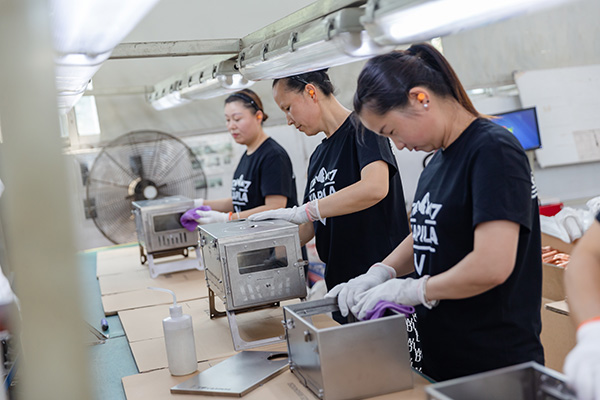
2. During installation, install the bent pipe directly into the pipeline and place it in the desired location for use. It can usually be installed at any position in the pipeline, but the bend should be sealed during installation to avoid leakage and affect the normal operation of the pipeline. The rolling method and working principle are basically the same, with a working surface that matches the cross-sectional shape of the pipe. When bending, only the distance between the main roller and the roller can be changed to obtain bending with various curvature radii. This method is particularly suitable for curved rings or spiral linear pipe fittings.
During the bending process, the curvature has a certain impact on the shape of the pipe, which may affect radius, curvature, and other aspects. In terms of curvature, we need to process according to actual requirements. At the same time as quality, ventilation should also be done well to complete the processing of bent pipes.
The compactness of bent pipe processing is an important data related to its overall construction effect. It needs to be tested before formal construction to check its compactness and make a judgment. So, how to detect its density?
1. After testing the compaction parameters, it is necessary to conduct relevant inspections on the outer diameter and wall thickness of the product to ensure that the outer diameter and wall thickness of the bent pipe processing part are within the allowable deviation range, with an allowable deviation of+0.50mm-0.20mm for the outer diameter; The allowable deviation of wall thickness is+0.97mm-0.77mm. In addition, it is necessary to inspect its appearance and quality, mainly the degree of bend pipe processing.
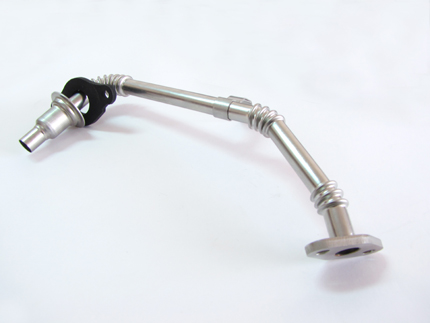
2. The end faces at both ends of the bent pipe workpiece are perpendicular to the axis and burrs on the cut edge are removed. Check the weight, which can be based on actual or theoretical weight.
3. According to the negotiation between the supply and demand parties to determine the length requirements, it is necessary to check the actual length of the bent pipe workpiece, and the allowable deviation of chemical composition in the workpiece also needs to comply with relevant regulations.
According to the above method, conducting density testing on bent pipes can timely detect their hardness and firmness. In addition to their density, their weight and other aspects also need to be tested to determine their quality. The above content is the relevant information brought to you by Suzhou bending pipe processing manufacturer. If you have any questions, please feel free to call for consultation. Thank you for reading.

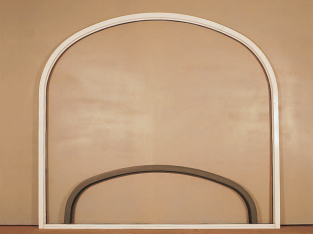
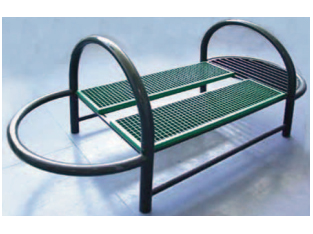
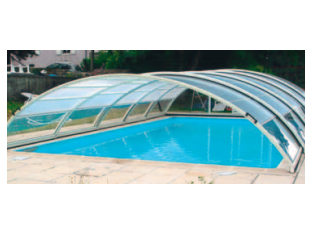
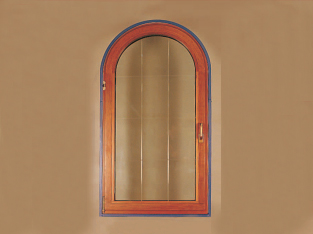
 Custom Service
Custom Service Tel
Tel Wechat
Wechat